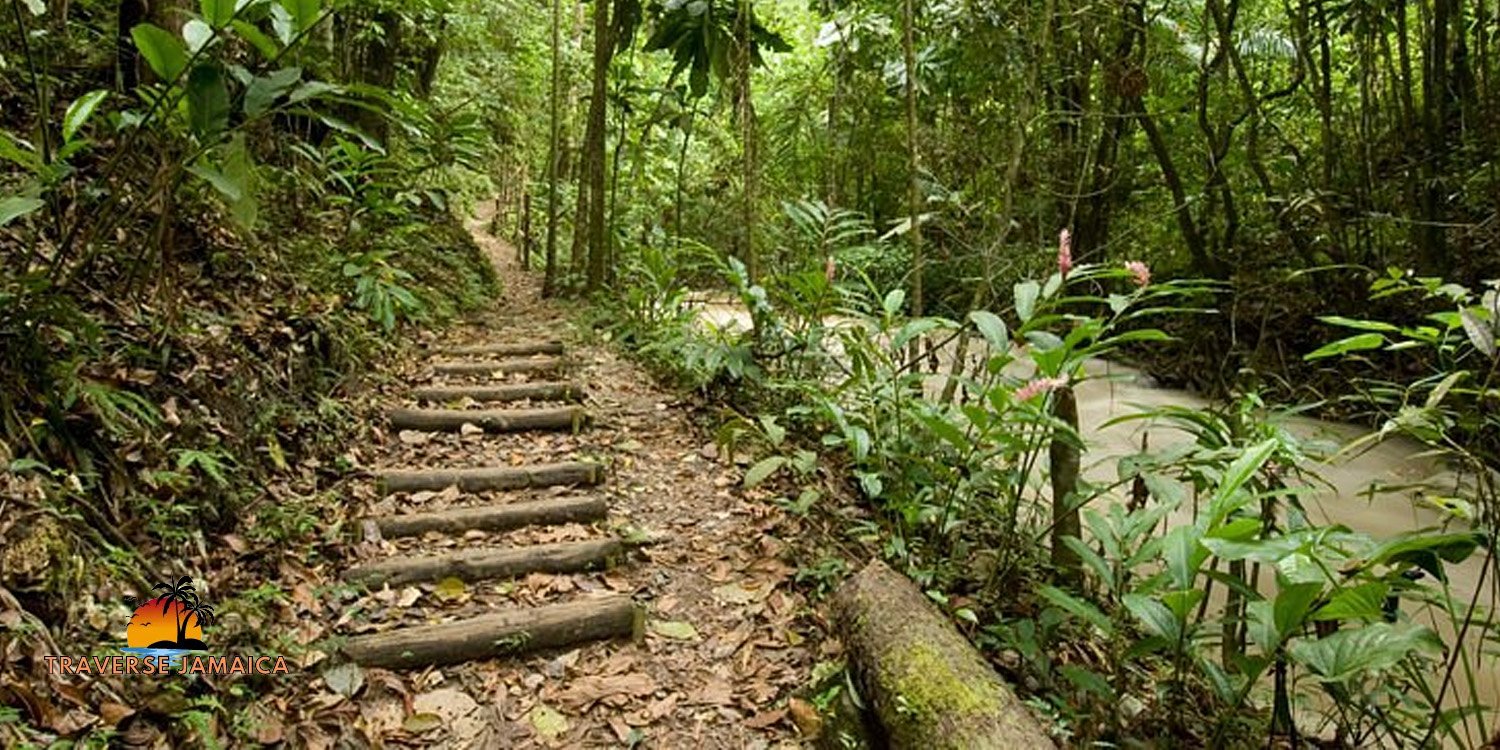Jamaica is known for its beaches, reggae, and vibrant culture—but few realize the island is also home to a rare and vital ecosystem: dry forests. Overshadowed by rainforests and coastal mangroves, Jamaica’s dry forests are some of the most threatened and overlooked habitats in the Caribbean. Yet they are ecological goldmines, harboring unique species and playing a crucial role in biodiversity and climate resilience.
What Are Dry Forests?
Dry forests, also called dry tropical forests, are characterized by a pronounced dry season and relatively low annual rainfall, typically between 500 to 2,000 mm. Unlike lush rainforests, these areas have an open canopy and drought-resistant trees. Many species shed their leaves in the dry season to conserve water, making the forest appear bare during certain months.
In Jamaica, dry forests can be found in the southern and southwestern parts of the island, particularly in areas like the Hellshire Hills, Portland Ridge, and parts of St. Elizabeth. These regions face seasonal droughts, yet they support a surprising range of flora and fauna adapted to tough conditions.
Biodiversity Hotspots in a Harsh Climate
The Hellshire Hills, one of the last substantial tracts of dry forest in the Caribbean, is a prime example of the ecosystem’s importance. This area supports more than 200 plant species, with roughly a quarter found nowhere else on Earth. Endemic species like the Eugenia cowellii and Maytenus jamaicensis rely on these dry zones for survival.
Animal life is just as rich. The critically endangered Jamaican iguana—once thought extinct—was rediscovered in the Hellshire Hills in 1990. This reptile now serves as a flagship species for dry forest conservation. Other notable residents include the Jamaican boa, the Jamaican coney (a small rodent), and a range of endemic birds, such as the Bahama mockingbird and Jamaican tody.
Environmental Threats
Despite their value, Jamaica’s dry forests are in serious danger. Human development, charcoal burning, agriculture, and illegal logging have chewed away at once-vast forest zones. The Hellshire Hills, for instance, have been under pressure for decades from squatting and tree cutting for coal production.
Climate change adds another layer of risk. Increasing temperatures and shifting rainfall patterns can push these already-fragile systems past their breaking point. Droughts may become longer and more intense, further stressing species that are already hanging by a thread.
Conservation Efforts
Conservationists have not given up. Organizations like the Jamaica Conservation and Development Trust and international partners are working to preserve remaining tracts of dry forest. The Jamaican iguana recovery program is a notable success, combining habitat protection, captive breeding, and community outreach.
More broadly, there’s a growing awareness that preserving dry forests isn’t just about saving rare species—it’s about maintaining ecological balance. These forests help stabilize soil, sequester carbon, and support local livelihoods when managed sustainably. They’re part of Jamaica’s natural defense system, and their loss would leave both nature and people more vulnerable.
The Way Forward
Protecting Jamaica’s dry forests requires a mix of strong policy, community engagement, and scientific research. Local communities must be part of the solution, benefiting from eco-friendly alternatives to forest exploitation. Education and awareness are key to shifting public perception and political will.
Tourism, too, can play a role. Eco-tourism initiatives that highlight Jamaica’s dry forests and their rare wildlife could bring in revenue while raising the profile of these undervalued ecosystems.
Jamaica’s dry forests may not get the attention they deserve, but they’re vital pieces of the island’s environmental puzzle. With focused action, they can survive—and even thrive—for generations to come.









